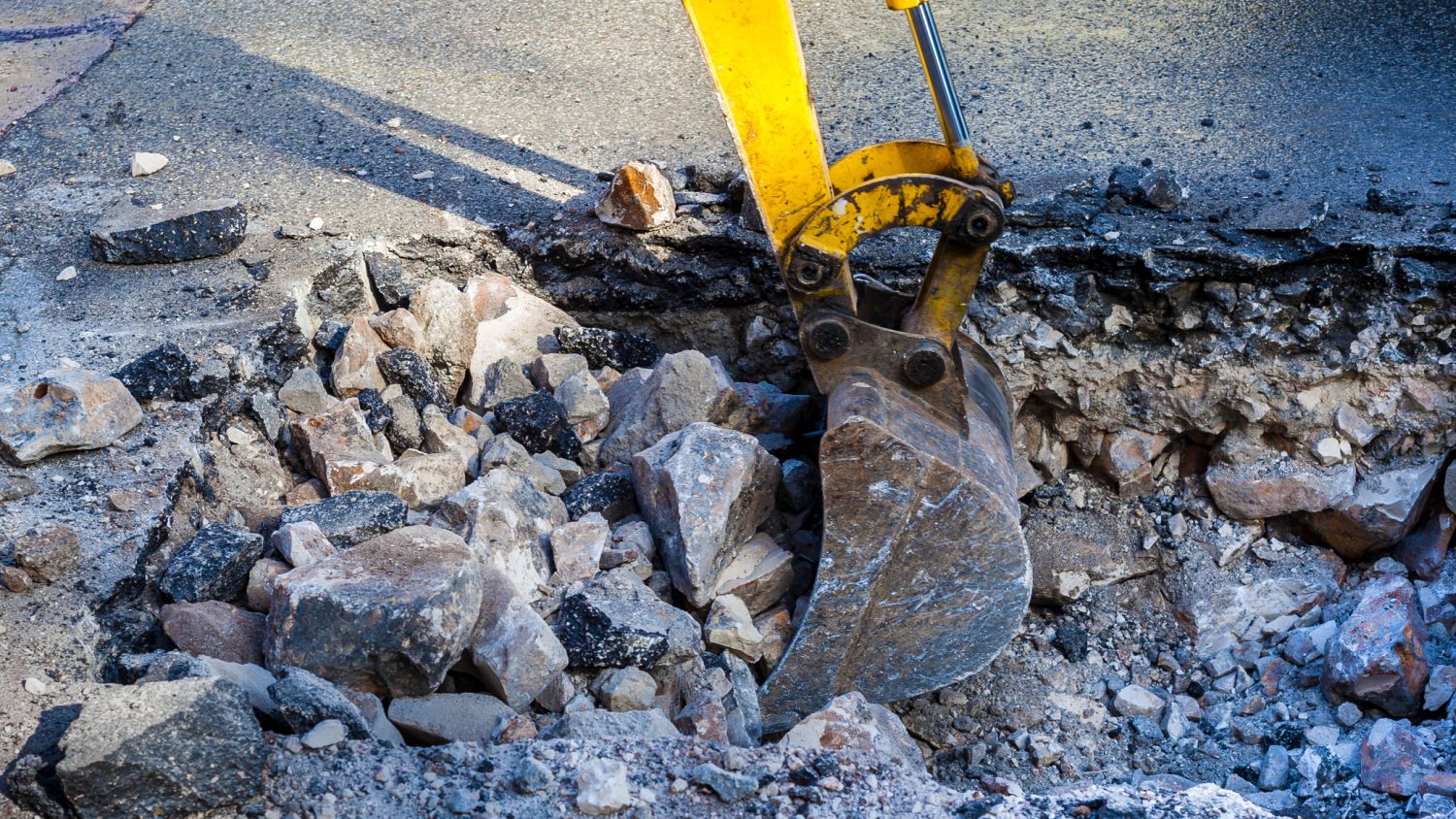
Tony Abbott explains why contractors need to plan ahead when digging in busy towns and cities.
Walk down any high street in any town or city and you’ll soon come across the barriers marking a hole or trench where cables or pipes are being laid. As businesses and homes require more energy connections or internet connectivity, the number of contractors breaking ground in the streets is growing.
Digging into urban streets is difficult and potentially dangerous work. And it seems it’s becoming riskier. The Energy Networks Association reports that electric cable strikes have increased 46% since the end of lockdown. On average, 70 people each year are seriously injured as a result of contact with underground electricity cables.
These are not the only potential hazards under our streets. There are gas and water pipes as well as telecommunications cables to be aware of when undertaking these projects. Areas like the City of London, where there are narrow streets and heavy traffic, can exacerbate problems.
There is guidance on how to approach these projects safely. HSG47 Avoiding danger from underground services from the Health and Safety Executive (HSE) outlines three important stages of safe work during excavation:
- Planning the work
- Locating and identifying buried services
- Safe excavation
But not everyone is following this guidance. Figures show that around a third of construction workers fail to check for underground electricity cables when digging on site.
Below are five tips to give you a head start when digging in built-up areas.
1) Research your project carefully
Designing the preferred route includes making a request for statutory drawings for utilities. It’s also crucial to take the time to walk the route because this will provide a clear view of any potential physical challenges in the area.
A visit to the site can help to identify risks in the work location that may not be marked on the drawings. This is far more common than many people realise, as the drawings rarely keep pace with the addition of road layout, new street furniture, pipes and cables.
More worryingly, there are rogue contractors who lay cables and services without regard for the safety of others who may have to work in the area in future.
2) Plan and check
Although we can use a CAT 4 Plus scanner to track electrical cables, it does not provide accurate depths. If cables have been laid incorrectly this can be very dangerous to anyone working on the project. We have seen high-voltage cables laid at 180mm when the depth should be 750mm. Planning and checking literally saves lives.
In theory, it might be possible using modern technology (like ground penetrating radar) to map the cables and pipes under London’s streets. But, leaving aside the cost, the map would quickly become out of date as things change almost on a weekly basis. So, we rely on everyone in our sector to work safely and keep good records, which is not always the case.
3) Give it enough time
We’re all aware that projects are under increasing time pressure. Working anywhere in London is challenging because permissions to access roads may have to come from more than one local authority and involve Transport for London (TfL). None of these bodies want to close city roads for very long. As a result, it’s likely that the excavation contractor has limited time and space to get the work done, and that’s often when safety takes a back seat.
Ideally, a contractor should work 500mm either side of a cable to avoid contact. But if a cable lies very close the edge of the allocated work area, it could be tempting to lift the tarmac, “just to see what’s there”.
This is when accidents can happen. It’s vital to take the time to stop work and assess how to proceed to undertake the work safely (by extending the work zone or extending the permit, even if that seems counterintuitive). Planning ahead means that a time-pressed site foreman does not run the risk of making a bad decision with the best intentions.
4) Plan and assess proposed routes
This can highlight danger areas. You can control potential problems by instructing excavation teams on how to investigate (for example, by implementing no-dig zones). Clear instructions can reduce the risk of a bad decision.
The need to excavate in our city streets is growing. New buildings require the utilities that are vital for modern life. What’s more, government is driving the development of low-carbon district heating systems, which involve laying pipes in urban areas. This will add to the challenge.
5) Safety first
Contractors know the importance of prioritising safety for themselves, colleagues and clients. With accidents on the rise on excavation projects, it’s time to put that same focus on ensuring that they adopt robust safety standards out on our city streets.
Tony Abbott is SHEQ director of Modus Utilities, an Electrical Contractors Association (ECA) member firm.










